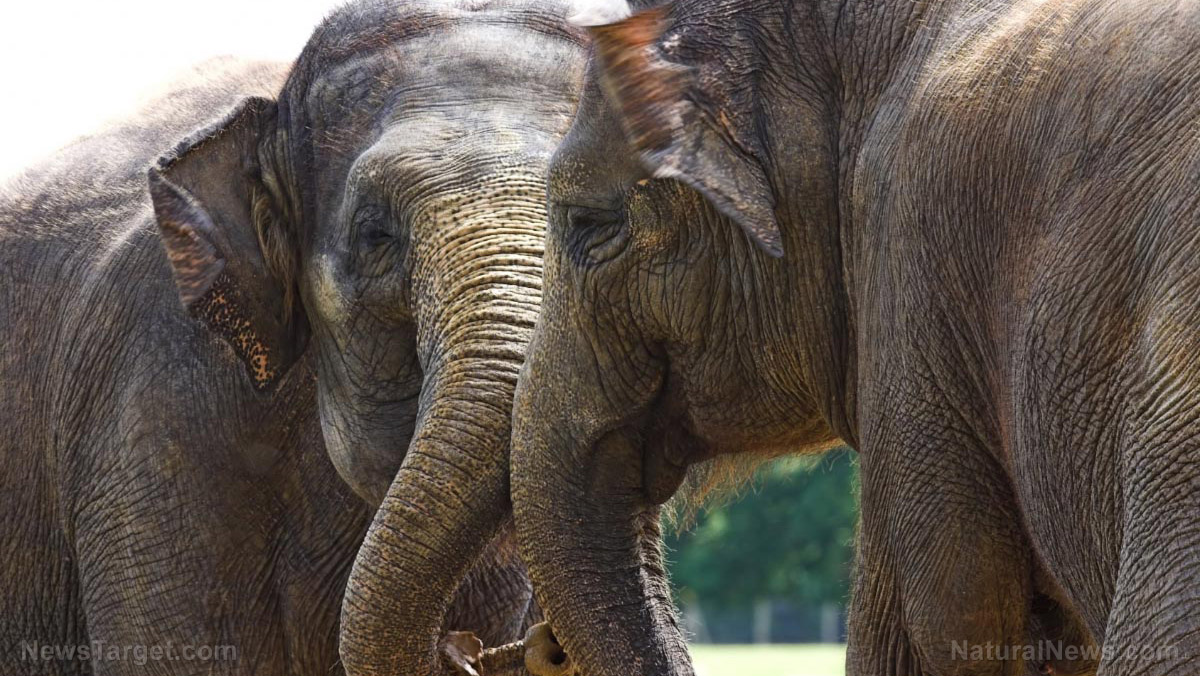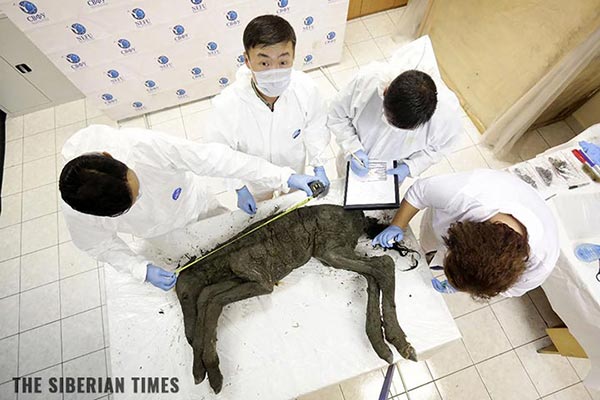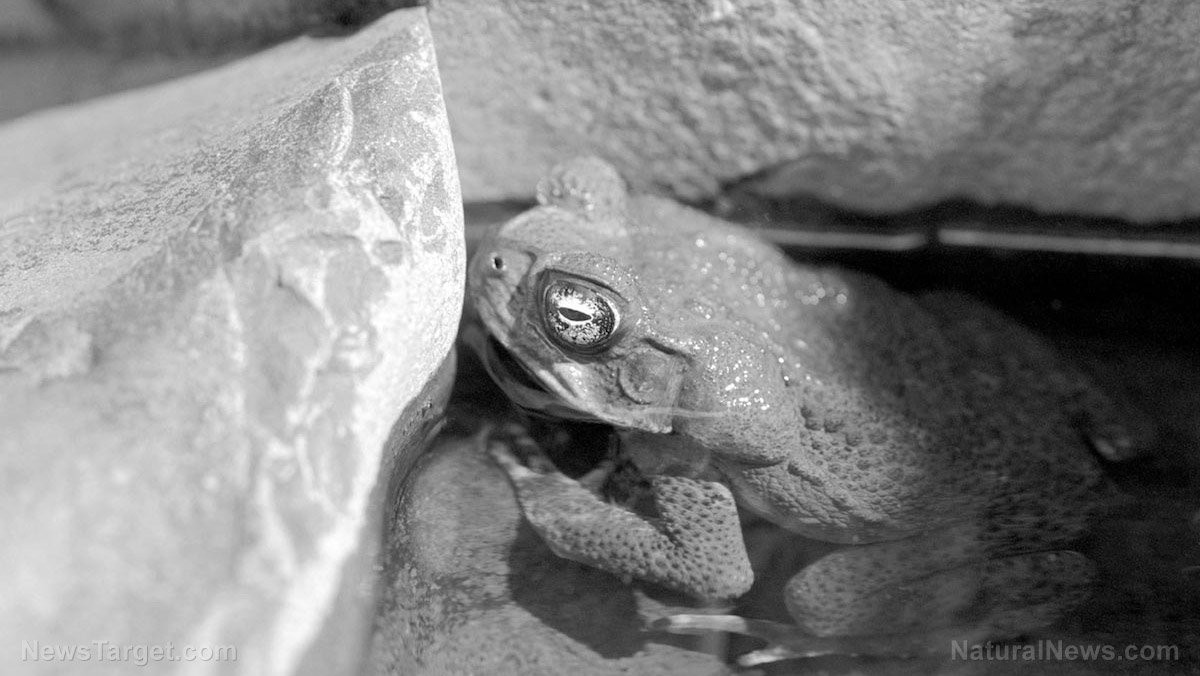A nose for numbers: Elephants can “count” food using their sense of smell, study says
02/02/2020 / By Michael Alexander

When it comes to function, elephant trunks are the Swiss army knives of the natural world.
Bristling with over 150,000 individual muscle units, an elephant’s trunk is used for a wide variety of activities: sucking up water for drinking, blowing out dust for baths, picking up objects, sending out warnings and even using them to greet one another. A recent study suggests, however, that they are also used for counting — but not in the way that you might be expecting.
In a study published in the journal Proceedings of the National Academy of Sciences (PNAS), researchers from Hunter College – City University of New York, found that not only are the elephants’ sense of smell so good that the animals are able to differentiate different odors, they can also detect differences in quantity using only their trunks.
Joshua Plotnik of the Department of Psychology at Hunter-CUNY, explained in the study that while other animals have demonstrated the ability to differentiate between quantities, they have primarily done so by using their sense of sight.
Even dogs, the researchers noted, despite their remarkably advanced sense of smell or olfaction, failed to differentiate between quantities.
This makes the elephant the first known animal to exhibit this capability.
“In this study, by contrast, elephants showed that they can detect differences between various quantities of food using only their sense of smell,” the researchers said, adding that elephants may be unique when it comes to using their sense of smell in cognitive tasks.
As detailed in their study, the researchers tested six captive Asian elephants (Elephas maximus) at a facility in northern Thailand.
According to the details of their study, the researchers presented each subject with two buckets containing varying amounts of sunflower seeds. The elephants were first given the opportunity to smell the two locked buckets on the table through perforated lids. Afterward, the buckets were withdrawn, unlocked and then presented again to the subjects.
The results were astounding: Not only were the elephants able to consistently pick out the larger helpings during the experiment, they did so across 11 different ratios.
In order to ensure that the elephants were only using their sense of smell to detect the differences, the researchers made changes to the experiment’s conditions as it progressed, such as swapping out plastic buckets for non-odor retaining metal containers, as well as conducting trials in which both elephants and humans were unaware of the amount of seeds present in each container.
The results remained consistent.
The researchers observed, however, that the elephants functioned better when the disparities between the quantities were larger, for instance, when they were made to choose between 4 and 24 g, noting that the animals’ performance declined as the ratios themselves were lessened.
Plotnik, in a statement published in NOVA, said the animals’ collective performance during the experiment was remarkable and that a couple of the elephants were even able to “tell approximately 180 seeds from 150.”
As novel as this discovery might seem, however, it might not be all that surprising, especially when one looks at the DNA of the animals’ bigger African cousins. (Related: TNT-sniffing elephants could soon be assisting landmine-location efforts in Angola.)
Known for possessing almost 2,000 genes associated with olfactory reception, African elephants (Loxodonta africana) not only rely on their powerful sense of smell to navigate long distances to find food and water, they also use it to distinguish between two Kenyan ethnic groups: the elephant-hunting Maasai pastoralists and the Kamba farmers.
In addition, Plotnik and the research team noted that there are still gaps in their study, as they do not yet fully understand how the animals use this newly discovered “quantity-smelling” ability or its underlying mechanism.
“Future research would be crucial in understanding the precise mechanisms that elephants and other olfactory animals use to discriminate quantities, and the ecological significance of such an ability,” Plotnik said.
The researchers noted too that since the elephants they used in the study are captives, there might be a possibility that wild Asian elephants might behave differently or maybe even use their sense of smell in other ways in the wild.
Sources include:
Tagged Under: animal intelligence, animal kingdom, animals, Asian elephants, biodiversity, breakthrough, cognitive function, conversation, counting, discoveries, Ecology, elephants, environment, intelligence, research, scientific, weid science, weird science, wildlife
RECENT NEWS & ARTICLES
COPYRIGHT © 2017 DISCOVERIES NEWS




















